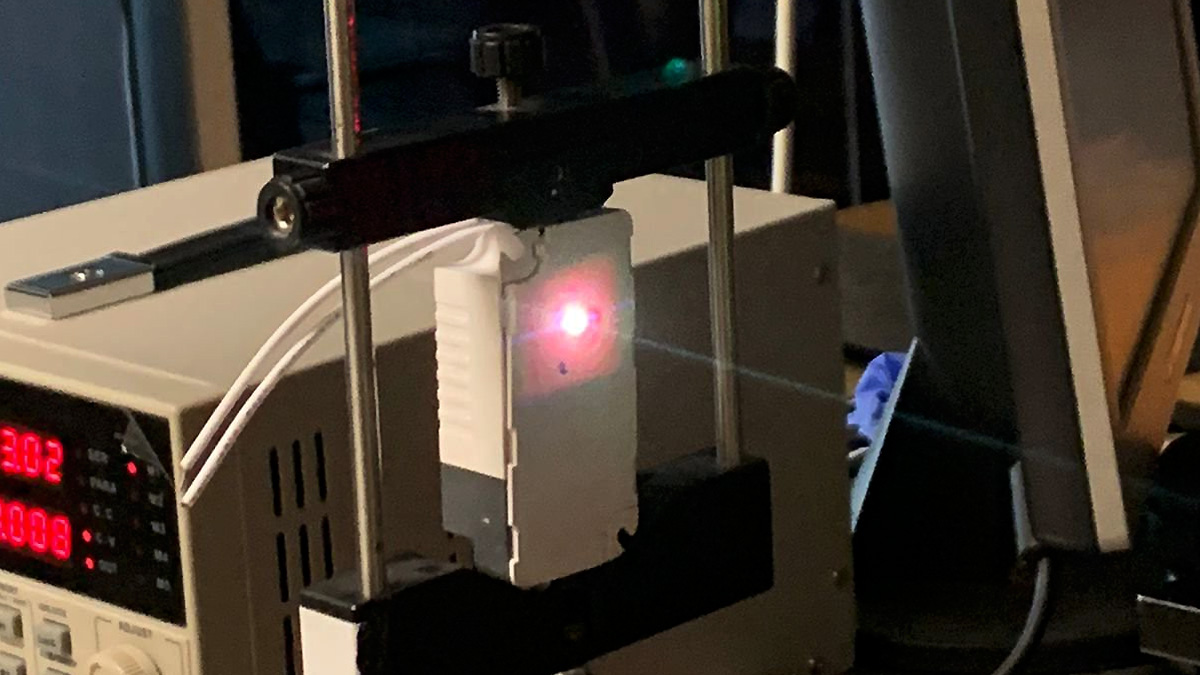
Evgeny Grigul is the cofounder of Virto Commerce , a B2B-first e-commerce innovation platform for enterprises. AI is an infrastructure technology that significantly affects various aspects of our reality. In this article, we will examine how AI may influence the technology adoption curve for digital products and what it means for investors who currently apply the technology adoption curve in their work.
What is the technology adoption curve? The technology adoption curve, popularized by Everett Rogers in his book Diffusion of Innovations , illustrates how different segments of the population adopt new technology at different rates. This is the core empirical principle used to predict how new technologies are adopted today. The technology adoption curve describes the process by which the market adopts innovations.
According to this principle, the audience is categorized into five groups: innovators, early adopters, early majority, late majority and laggards. Innovators and early adopters are the first to embrace new technologies, often driven by curiosity and risk tolerance. The early and late majority represent the larger, more cautious segment, adopting once the technology is proven.
Laggards are the last to adopt, often resistant to change. Today’s NYT Mini Crossword Answers For Friday, November 8 Federal Judge Strikes Down Biden Program Offering Legal Status To Undocumented Spouses Of U.S.
Citizens Can Trump Fire Jerome Powell? Fed Chairman Says He Won’t Resign If Trump Asks Why do investors rely on the technology adoption curve? Understanding this curve helps businesses tailor strategies for each phase, from product development and marketing to scaling and mainstream adoption. It has significant implications for areas like marketing, product development and overall business strategy. Investors use the technology adoption curve to assess the potential success and timing of investments in startups and emerging technologies.
It helps them make informed decisions about when and where to allocate capital based on the expected market adoption and growth trajectory of a product or innovation. The adoption curve helps investors estimate the scalability of a product or technology. They assess whether a company’s business model aligns with its position on the curve, look at how fast a technology is moving through the adoption curve to anticipate how it will disrupt existing industries or markets and use the adoption curve to diversify their portfolio across different stages of technology adoption.
Ultimately, venture investors use the adoption curve to help plan their exit strategy. Investments made in the early adopter phase might be exited once the company reaches the early majority and achieves significant market traction, allowing the investor to sell at a high valuation. On the other hand, entering during the early majority phase may lead to exits based on profitability and scale.
The technology adoption curve is also widely used by different specialists, such as product managers, IT leaders and CIOs, marketing professionals, business developers, strategy executives, and others. They became used to relying on the adoption curve principle and didn’t see a world where it didn’t work. But AI would change the game dramatically.
How is AI going to disrupt the technology adoption curve? One of the factors slowing down technology adoption is the user adoption problem. Switching to new technology presents challenges due to the need to retrain users to work with a new interface, which causes difficulties and resistance, ultimately slowing the spread of the technology. The traditional approach to designing user interfaces is based on the idea that the user must learn to "explain" the task to the software or device using a language the machine can understand.
At the most basic level, this refers to programming languages. For end users, this typically means a user interface, which can also be considered a type of language. To effectively use a new product, users need to learn and master this language.
This requirement often becomes a barrier to new technology adoption. AI, however, can help enable a new paradigm in which the responsibility of "translating" commands shifts to the software rather than the users. Instead of training users to work with a new interface, AI allows them to formulate tasks in the way they are accustomed to, and AI will be responsible for deciphering and accurately interpreting these tasks.
For many software products and services, adopting a new paradigm can be revolutionary. The transition from old technology to new will be virtually seamless, as users will be able to start using (and thus benefit from) the new technology immediately upon launch. This also means a diminished role for the interface as a competitive advantage.
With the new approach placing the responsibility of understanding user commands on AI, the customer experience will not significantly change when moving from one vendor to another. All of this will affect the applicability of the technology adoption curve in describing reality and the quality of decisions that take the curve into account. I expect we can anticipate the following consequences.
First, I believe we can expect technology adoption to accelerate significantly. AI-driven systems can reduce adoption frictions by making complex products easier to use. AI also enables products to be highly personalized from the outset, which can attract early adopters by offering them immediate value.
We can also expect a blurring of the boundaries between different groups or a change in the numerical proportions among them. This will likely lead to a radical shift in the dynamics and predictability of new technological products in the market, requiring new approaches to working with them. Seven key points investors should consider regarding the impending disruption of the technology adoption curve are as follows: 1.
A faster adoption rate means new technologies can reach market viability more quickly, leading to a surge in startups that offer innovative solutions. 2. The acceleration of the adoption curve may necessitate reevaluating exit strategies.
3. With quicker adoption, the time from investment to exit (through acquisition or IPO) may decrease. 4.
As technologies gain traction more quickly, competition among venture investors for promising startups may intensify. 5. Accelerated adoption may change the risk profile of investments.
6. Investors may need to adjust their due diligence processes to account for the fast-paced nature of technology adoption. 7.
Rapid adoption can lead to swift market changes, where established players may be quickly disrupted by new entrants. Therefore, AI is set to fundamentally reshape the technology adoption curve, accelerating adoption rates and reducing user barriers. As AI redefines user experience, investors and businesses alike must prepare to navigate a faster and more unpredictable adoption landscape.
Forbes Technology Council is an invitation-only community for world-class CIOs, CTOs and technology executives. Do I qualify?.














